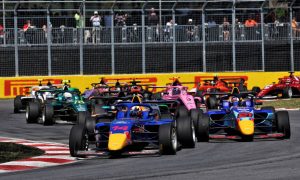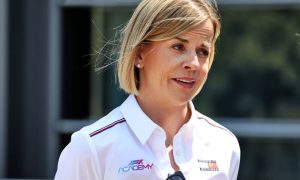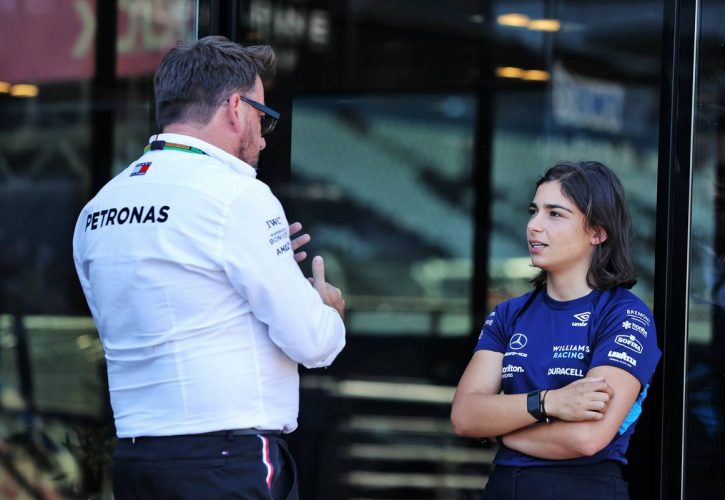
Max Verstappen says that the proportion of female to male drivers in motorsport is a big reason for why there is still no sign of top women talent graduating to F1 anytime soon despite recent high profile initiatives.
Initiatives such as Girls on Track and the W Series have been followed by Formula 1's new F1 Academy F4 category which will see added involvement from leading F1 teams in 2024, and appearing on the Grand Prix support programme.
It's been a boost for the career of Jamie Chadwick who has acted as Williams F1 test driver, but the 25-year-old had now headed to the US to compete in Indy NXT rather than continue to wait in line for an increasingly rare opening in F1.
Verstappen said it was only to be expected given how few women there were in the sport compared to the long line of male drivers lining up for their own big break at every level.
“If you look at the percentage of men and women in racing, I think already for men the potential is, of course, very low to get into Formula 1," said the three-time world champion.
"Naturally for women it’s even harder,” Verstappen continued. “Physically driving F1 in some places is quite tough, but I do think that it’s all trainable if you work hard for it. But it’s naturally a bit harder for a woman.
"If you have enough talent, then of course it's possible because I don’t think team bosses are people who make decisions to choose their drivers who look at it like ‘Oh, no, we only go for men’.
“If there was a woman who is beating everyone else, then naturally, they'll have the opportunity to get to F1, but it’s just that there are less women in the sport. Naturally of course, the percentage to make it to the top is lower.”
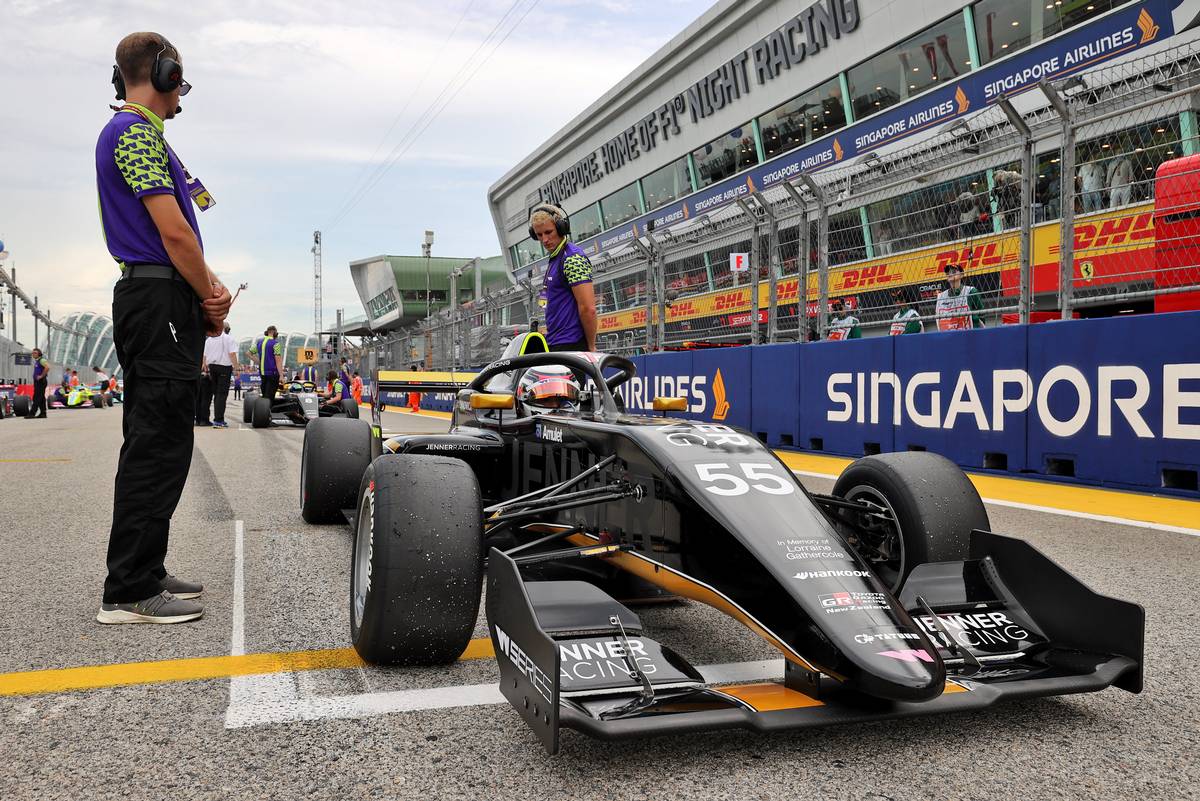
It's just such a systemic problem that the F1 Academy and other initiatives has sought to address by showcasing female participation in motorsport in all areas.
This year, F1 teams will help Tina Hausmann (Aston Martin), Abbi Pulling (Alpine), Bianca Bustamante (McLaren) and Lia Block (Williams) to develop their potential in the F1 Academy, with Alpine Academy's Aiva Anagnostiadis set to race for Australia.
While it all helps to change perceptions and expectations of women in the sport, it's a slow process and will take time for improved numbers of female talent to work their way through to the top of the sport in F1.
The sport has not had a woman start a Grand Prix since Lella Lombardi raced in Austria in 1976. She and Maria Teresa de Filippis are the only two women to have raced in F1 since the championship began in 1950.
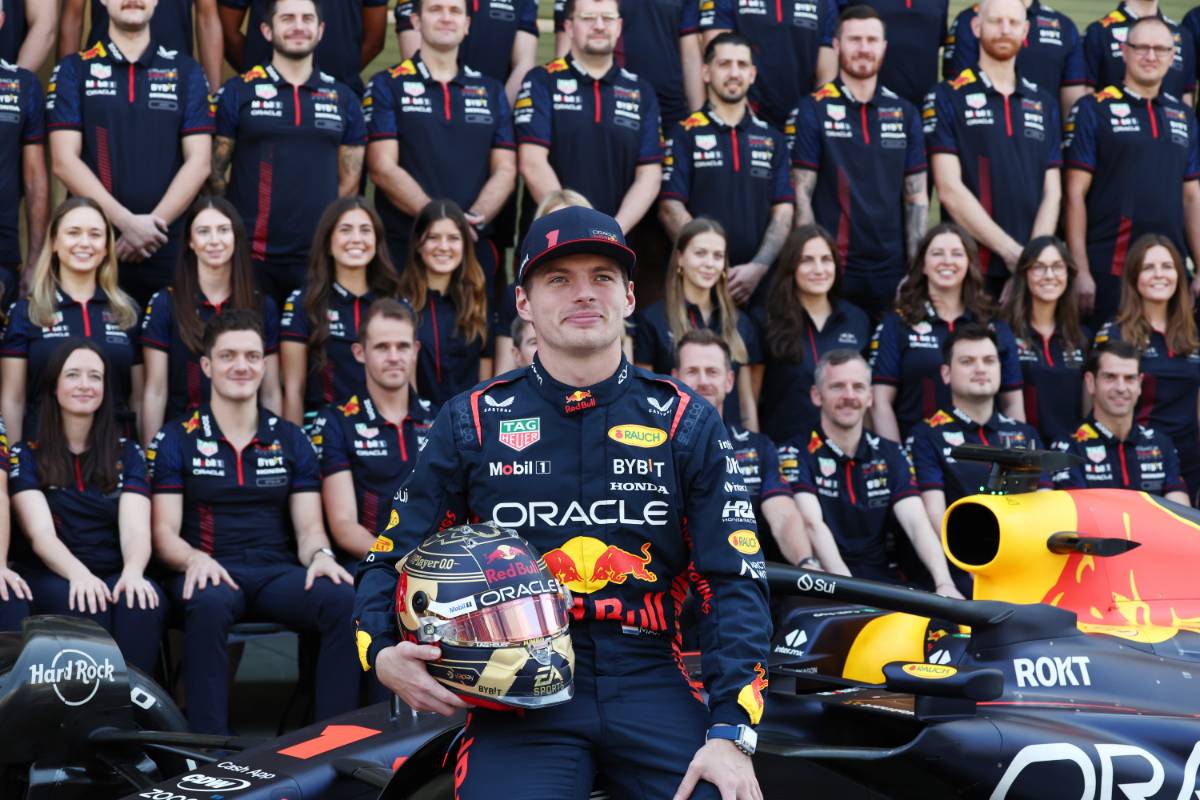
It's not just driving that is a male-only preserve. There are no longer any women at the top of team management with the departure of the likes of Monisha Kaltenborn from Sauber and Claire Williams from Williams F1.
Susie Wolff, previously herself a F1 test driver, had a spell in team management in Formula E before taking up her current role as managing director of the F1 Academy.
Keep up to date with all the F1 news via Facebook and Twitter





